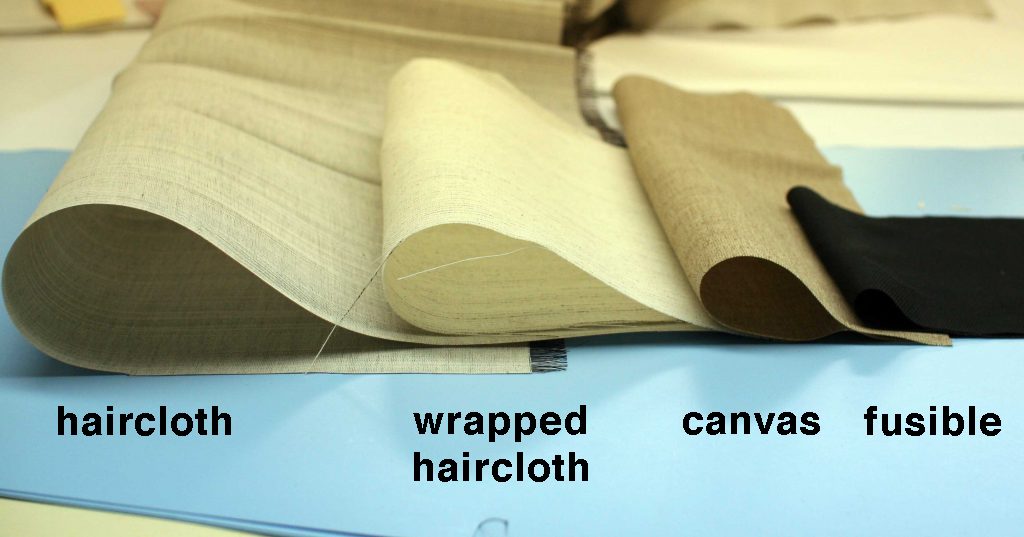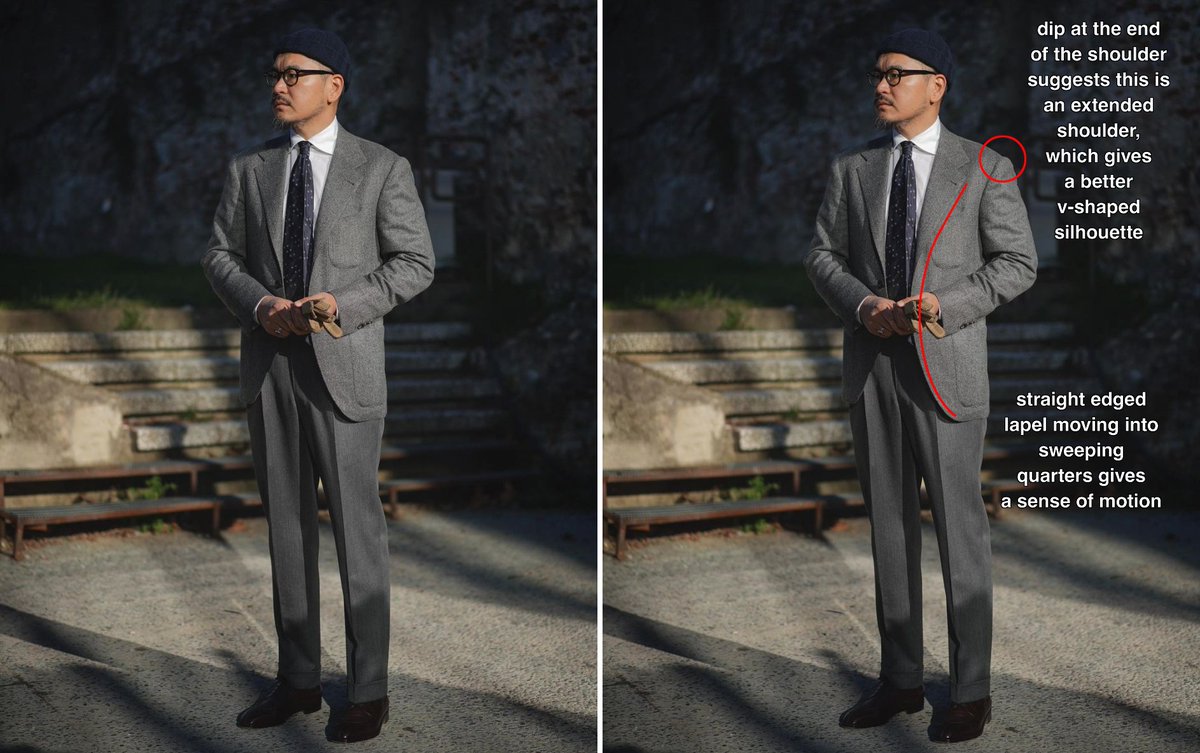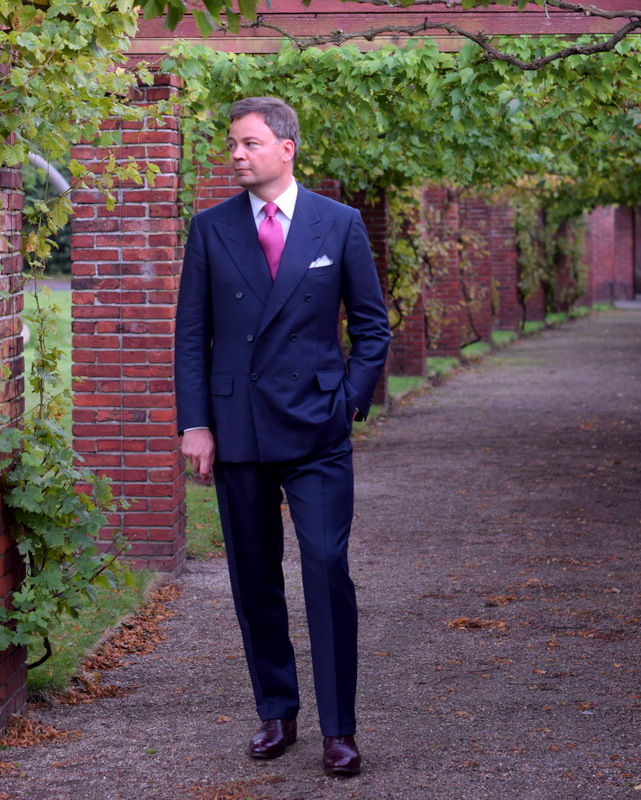
HOW TO LOOK BETTER IN A SUIT 🧵
Modern tailoring makes me very sad. Stuff not only fits poorly, but it often has no shape. You are basically paying for tailored clothing but getting none of the benefits of tailoring. Some things to look for when buying suits or sport coats
Modern tailoring makes me very sad. Stuff not only fits poorly, but it often has no shape. You are basically paying for tailored clothing but getting none of the benefits of tailoring. Some things to look for when buying suits or sport coats

First, tailoring is special because of how it's constructed. Casualwear is typically made from just one layer of material, but suits and sport coats are comprised of multiple layers: haircloth for chest, padding for shoulder, canvas for body, etc. Look at how these materials roll 

These materials are layered on top of each other and stitched together. Along the chest and lapel, a tailor will also use a technique called pad stitching, which transforms a two-dimensional piece of cloth into a three-dimensional shape. Pad stitching can make flat cloth rounded 



Different factories/ tailors will have their own way of making things, so things sometimes differ. For example, in Britain, ppl often use three layers of material: chest piece, canvas, and domette. In Italy, sometimes they just use the body canvas, no chest piece or domette 

In the last 20 years, tailoring has become so clinical and shapeless. This is partly because companies keep taking material out of their suit jackets to casualize the look and make it more comfortable. But as a result, it's hard to build in shape. Plus, everyone wants slim fits
Let's look at how tailors can build shape
1. Good pad stitching & pressing give the lapel a roll
2. Extended shoulder can confer a v-shaped silhouette
3. Shape of lapels and quarters can hint at motion
4. Cut of pattern and chest piece can give the chest some fullness


1. Good pad stitching & pressing give the lapel a roll
2. Extended shoulder can confer a v-shaped silhouette
3. Shape of lapels and quarters can hint at motion
4. Cut of pattern and chest piece can give the chest some fullness



Modern tailoring often lacks these qualities.
Stuff is often too slim and short. Sometimes it looks like the person can barely button their jacket.
If the coat fits, the silhouette is too clean and clinical. Shoulder seam sits on shoulder bone, etc
Lapels are flat. No roll.



Stuff is often too slim and short. Sometimes it looks like the person can barely button their jacket.
If the coat fits, the silhouette is too clean and clinical. Shoulder seam sits on shoulder bone, etc
Lapels are flat. No roll.




It makes me sad to see people pay for tailored clothing, but not get any actual tailoring. Some things basically have the silhouette of a chore coat. 



Look at old photos of men in tailoring, particularly between the 1930s and '80s. That's when stuff was best. You don't have to recreate those looks, but getting a sense of how tailoring was shaped back then can allow you to wear better tailoring today. 







• • •
Missing some Tweet in this thread? You can try to
force a refresh






























